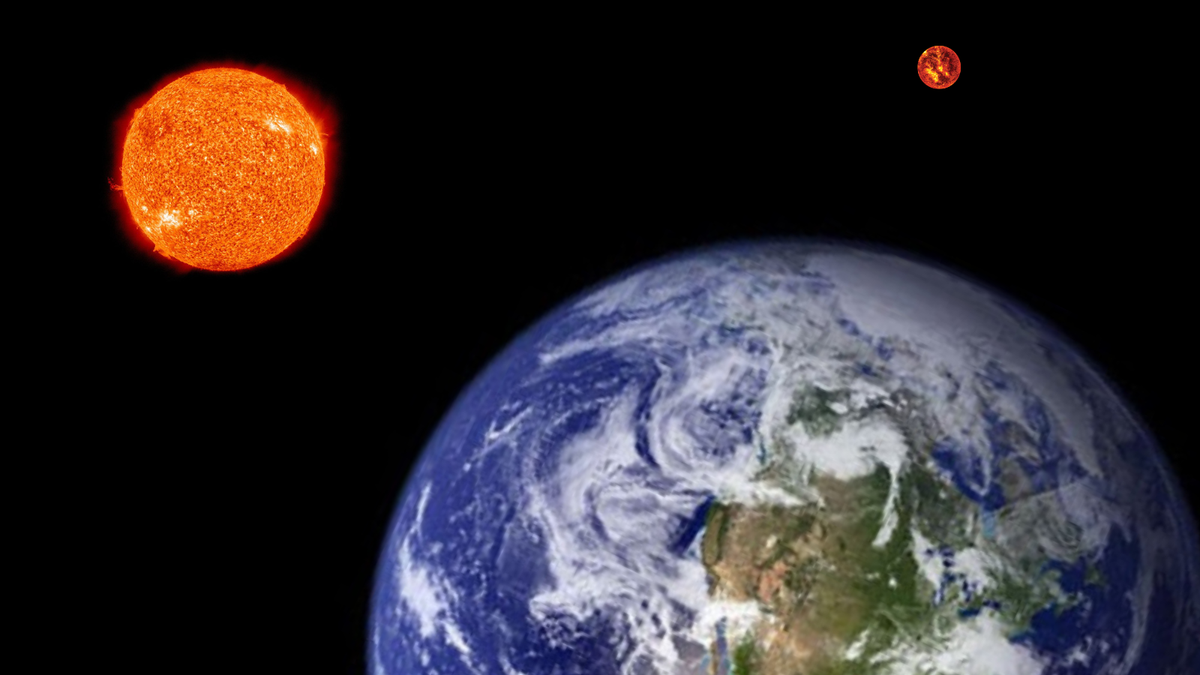The Sun’s rays are not only affecting humans and the Earth’s surface but are also penetrating deep within the planet, impacting its core, according to a new study published in Nature Communications.
Scientists have discovered that the ancient magma within Earth’s core exhibits chemical properties influenced by the Sun’s rays. This effect occurs when dead marine life is transported into the Earth’s interior, altering the magma’s “redox” state.
Marine life, heavily reliant on the Sun’s energy and warmth, is distributed variably across the planet due to differences in solar radiation. Over time, dead marine organisms are transported into the Earth’s mantle through subduction, where one tectonic plate is drawn beneath another. This process results in the introduction of these organisms into the magma-filled mantle, affecting its chemical properties.
The study found that the presence of marine creatures in the magma influences its redox state, a balance between oxidized and reduced molecules. The researchers noted that this redox state varies with latitude, indicating that marine organisms and solar radiation are impacting Earth’s core.
“Previous studies mainly compared samples from the same longitudinal regions, such as the U.S. in the northern hemisphere and Mexico in the tropical zone, without finding significant differences. However, our samples from different latitudes showed varying redox responses, which piqued our curiosity. Trying to explain these differences led us to discover this unexpected pattern,” explained study author Wan Bo, a geologist at the Chinese Academy of Sciences.
Wan added, “This unexpected pattern suggests that the surface climate has a direct influence on the deep Earth. It also suggests that the Earth’s surface environment and climate have a vital influence on the deep Earth.”
The research also revealed higher carbon deposits on the seafloor at lower latitudes, which interact with sulfur to form sulfides, further contributing to the redox state of the magma.
“The observed pattern suggests a strong link between the surface environment and the redox state of the deep Earth, providing new directions for exploring the resources and environmental impacts of subduction systems at different latitudes,” said Hu Fangyang, a researcher at the Chinese Academy of Sciences.



